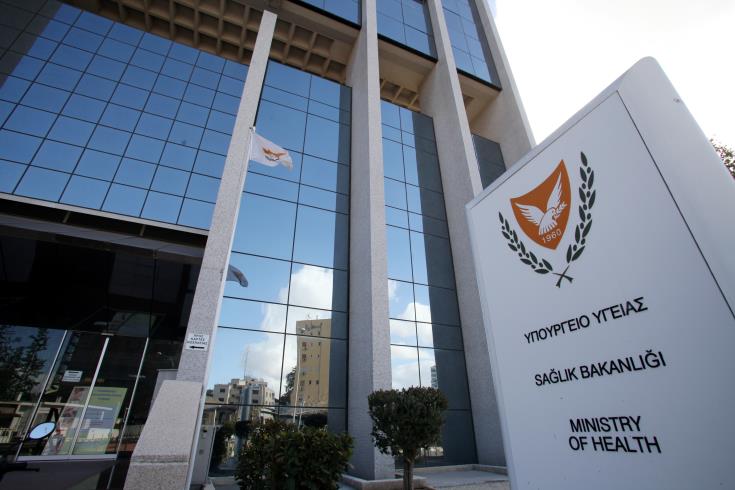There is a lot of public discussion on renting office buildings from the private sector for the government.
On the one hand, some say rents of offices from the market are not economical for the state (this group includes the Contractors’ Council, the Auditor General, and the various opposition political parties).
The other view is that depending on the rental levels secured in the market, it could be financially beneficial to the state.
There is no clear-cut line since each case depends on the circumstances.
The first point is that using state land to erect offices is okay, provided the land value is included in the total development cost.
Because state land is there, it does not mean that it is free/excluded from any comparative assessment. This is a major issue and a mistake that must be considered.
If the government leases a building, the landlord will have to pay income tax, property taxes, contribution to defence and public health, maintenance, etc.
If the government owns the building, it has to cover the costs without the above income to the state.
Another major consideration is that building lets have 20-30 years of economic life.
So, as technology and office use change, the government can move out of a building that is not suitable (in addition to size). But if owned by the government, it will be stuck with it.
Maintenance is another issue that a tenant must bear in mind.
In Government-let buildings (depending on the lease terms), this cost is usually undertaken by the private landlord, and if not, the state will have to pay the bill.
Another consideration is that not all Government plots are necessarily in a suitable location or size.
As such, this limits most of the land, whereas traffic (as well as accessibility) is a matter which is causing added problems to the already congested roads.
It is a rather catchy slogan that the government is paying around €20 mln p.a. in rents, classed as wasted money and that only 50% of the government’s needs are lets – so we can assume that the Auditor General’s report estimate that rental values can reach €40 mil. p.a. if all Government buildings are leased.
In my opinion, each case to let/build should be provided with a cost-benefit analysis, with comparative figures, since if a property is leased based, say, on a return of 3% p.a. on its value, with the various deductions made, the cost will come down to ±2% near the present cost of borrowing from Government bonds (which seem to be on an increasing scale).
In the past (post-2013 after the Bail-in and the disaster of the Cyprus economy), I even suggested the sale of Governmental offices (based on a buy-to-let approach).
I suggested specific buildings that were suitable for this to reduce public debt.
Instead, we have gone beyond a productive dialogue with government officials.
During Colonial times, the then government had the policy to buy land for its future needs, but since then, this policy has been abandoned with the result that Government land is now reducing fast in the suitability of size and location.
This is not a matter of policy by the state.
Any decision should be based on the financial results for the benefit of the state, whereas building new offices by the state takes more than five years with architectural competitions, objections, and claims by contractors, something which is avoided if buildings are let.
Buildings that come to mind are the ex-Orphanides supermarket in Strovolos, with good access, for sale at €30 mln, plus conversion cost, say another €10 mln, but capable of accommodating the Land Registry Office/Planning and other public services.
This would be a location outside the Nicosia centre.
A similar building is the IMC, lying idle for years, which is another to consider (to let or buy by the government).
There are examples to consider in all these cases on the leased terms.
Antonis Loizou Real Estate Valuer, Project Consultant & Estate Agent










